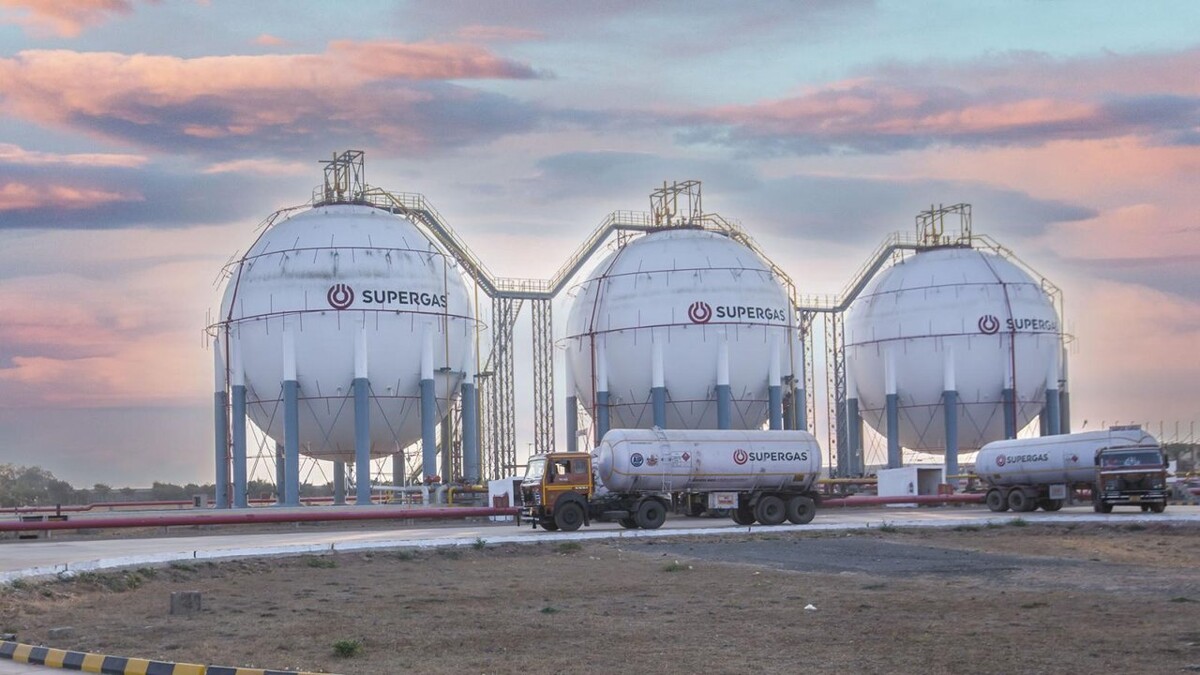
India faces a significant energy challenge due to insufficient domestic production, leading to increased dependence on liquefied natural gas imports. Although it has managed to increase its gas production in the short term, it is still far from meeting its projected demand. To ensure its energy security, India has signed long-term agreements with international suppliers and will continue to bet on LNG as a strategic pillar.
The Asian country is positioned as a key player in the global LNG market, but it will need to find a delicate balance between its economic and environmental objectives in its energy policy. India projects a strong increase in natural gas demand in the coming years, driven by demographic growth, industrial development, and the transition to cleaner energies.
Despite advances, obstacles remain for the growth of the gas sector in India, such as the persistence of coal in its energy matrix. Nevertheless, the country seeks to expand its trade horizons in the international LNG market and protect itself from global price volatility.
On the other hand, Argentina has developed its gas production capacity from Vaca Muerta, representing an opportunity to enter the global LNG market. Although there are challenges related to dependence on coal and the need for robust infrastructure, the South American country aims to establish itself as a key player in gas exports.
India is also focusing on the development of industrial gas applications, such as fertilizer production, and must face competition from renewable energies that could slow investments in gas infrastructure. The slow pace of infrastructure development and contract renegotiations also pose challenges on India's energy path toward 2040.
In summary, India and Argentina seek to secure their energy supply, facing complex challenges but envisioning significant opportunities in the global liquefied natural gas market.












